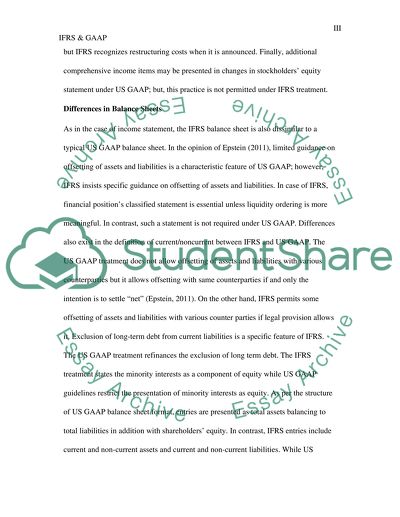Cite this document
(“Income Statements of International Financial Reporting Standards Term Paper”, n.d.)
Retrieved from https://studentshare.org/finance-accounting/1428223-compare-and-contrast-ifrs-vs-us-gaap
Retrieved from https://studentshare.org/finance-accounting/1428223-compare-and-contrast-ifrs-vs-us-gaap
(Income Statements of International Financial Reporting Standards Term Paper)
https://studentshare.org/finance-accounting/1428223-compare-and-contrast-ifrs-vs-us-gaap.
https://studentshare.org/finance-accounting/1428223-compare-and-contrast-ifrs-vs-us-gaap.
“Income Statements of International Financial Reporting Standards Term Paper”, n.d. https://studentshare.org/finance-accounting/1428223-compare-and-contrast-ifrs-vs-us-gaap.


